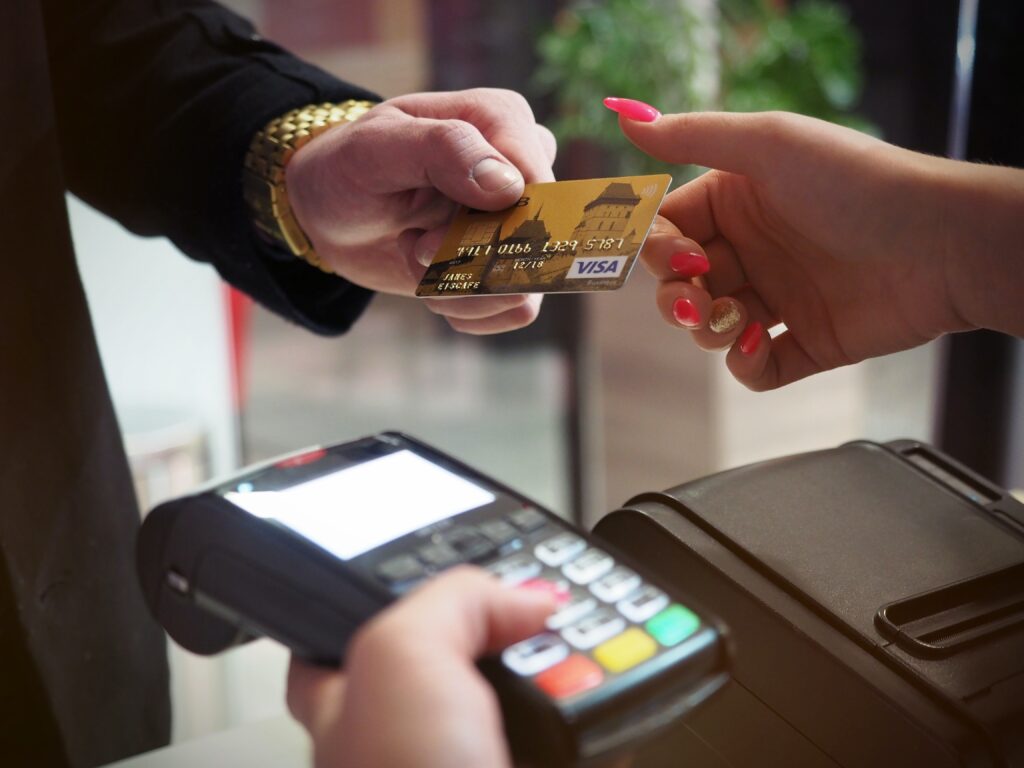Improve your credit is an essential aspect of personal finance. It determines whether you can qualify for loans, credit cards, and other financial products, and it can even impact your ability to rent an apartment or get a job. If you have poor credit, it can be challenging to improve it. However, with a little bit of effort and discipline, you can take control of your credit and improve your score. In this blog, we’ll discuss three methods you can use to improve your credit.

Check your credit report and dispute errors
The first step to Improve your credit is to check your credit report. You’re entitled to a free credit report every year from each of the three major credit bureaus: Equifax, Experian, and TransUnion. Reviewing your report will give you an idea of where you stand and what areas you need to work on.
One of the most common reasons for a low credit score is errors on your credit report. Mistakes happen, and they can have a significant impact on your credit score. Look for any incorrect information on your report, such as accounts that aren’t yours, incorrect balances, or accounts that were closed but are still listed as open. If you find any errors, dispute them with the credit bureau. They’re required to investigate the dispute and correct any errors.
Pay your bills on time to improve your credit
The most critical factor in your credit score is your payment history. Payment history accounts for 35% of your score, making it the most significant factor. Late payments can stay on your credit report for up to seven years, and they can have a significant impact on your credit score. The good news is that paying your bills on time is one of the most effective ways to improve your credit.
Make sure you’re paying all of your bills on time, every time. This includes credit card payments, loan payments, and utility bills. If you’re struggling to make your payments, consider setting up automatic payments or payment reminders. This can help ensure you don’t miss a payment and help you avoid late fees.
Reduce your credit utilization
Improve your credit utilization ratio is the amount of credit you’re using compared to the amount of credit you have available. It’s calculated by dividing your credit card balance by your credit limit. For example, if you have a credit card with a $1,000 limit and a balance of $500, your credit utilization ratio is 50%.
Your credit utilization ratio is another significant factor in your credit score, accounting for 30% of your score. The higher your credit utilization, the lower your credit score. Ideally, you should aim to keep your credit utilization ratio below 30%. If you have a high credit utilization ratio, there are a few things you can do to reduce it:
Pay down your balances:
The easiest way to reduce your credit utilization is to pay down your balances. Make a plan to pay off your balances over time, and try to pay more than the minimum payment each month.
Request a credit limit increase: If you have a good payment history, you may be able to request a credit limit increase. This can increase the amount of credit you have available and lower your credit utilization ratio.
Open a new credit account:
Opening a new credit account can increase your available credit and lower your credit utilization ratio. However, be careful not to open too many accounts, as this can have a negative impact on your credit score.
In conclusion, Improve your credit score takes time and effort, but it’s worth it in the long run. By checking your credit report, paying your bills on time, and reducing your credit utilization, you can take control of your credit and improve your score. Remember, it’s essential to be patient and consistent, and eventually, you’ll see the results you’re looking for.







